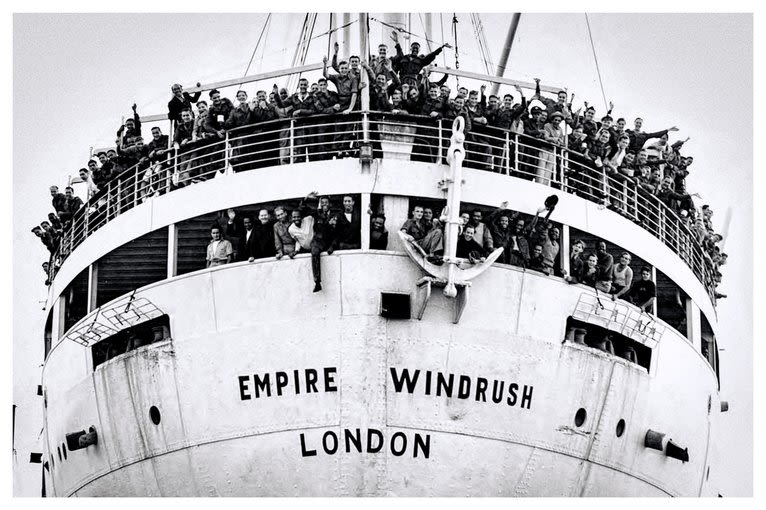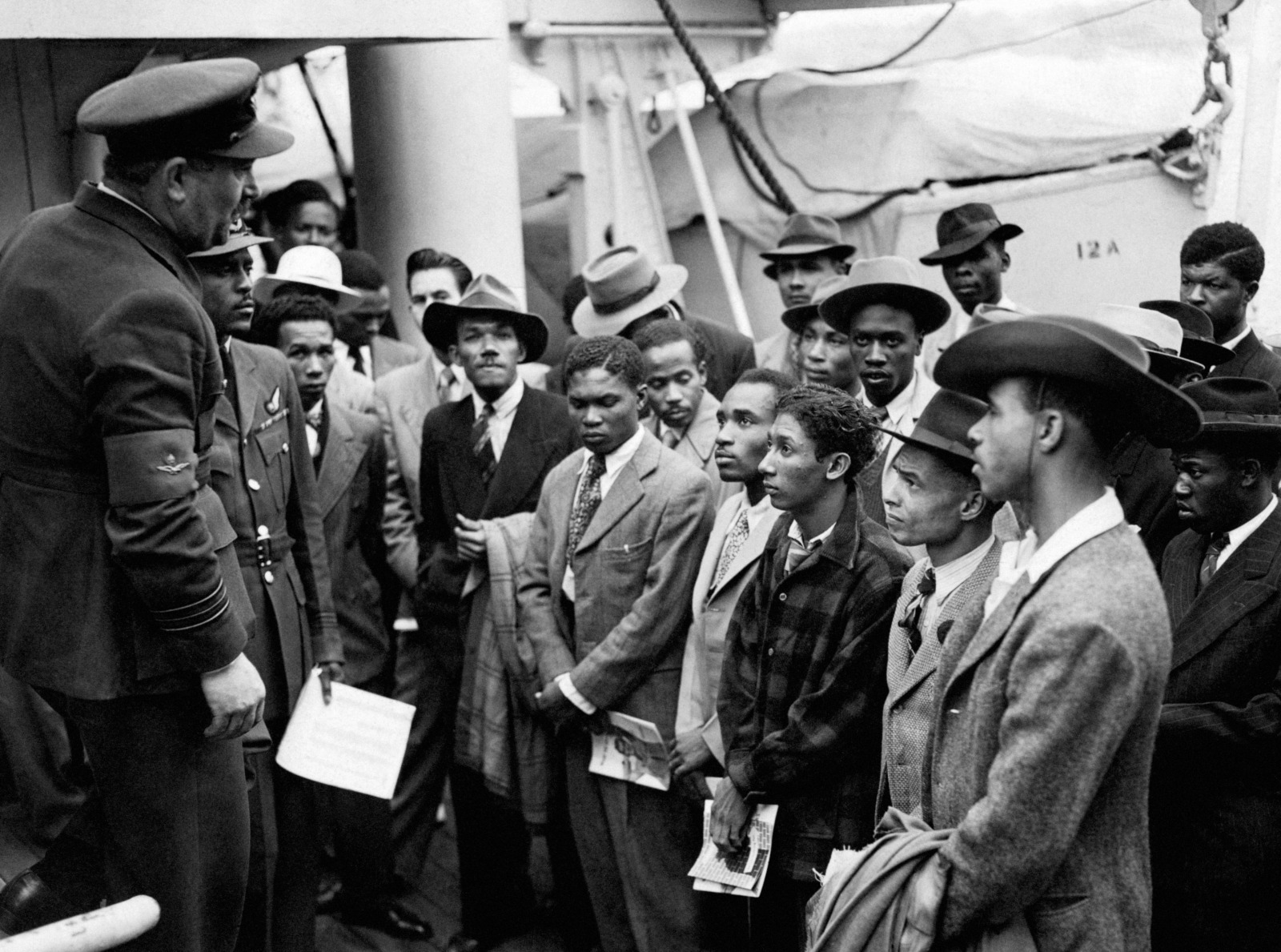Windrush 75 – Celebration and recognition
News
|
22 June 2023
Over the last few years, Windrush has been a discussion point in politics and media. This is mainly due to the Hostile environment that was exposed in 2020.

The impact of Windrush is wide-ranging and complex, but we felt it would be good to share some simple facts about Windrush with a view to facilitate some understanding and better insight so that we can all appreciate the positive impacts of Windrush as well as the shameful treatment by the Home Office.
We feel it is important to acknowledge the history and the legacy of this so that we can all have a better appreciation of the facts and hopefully take positive steps going forward, especially as immigration is again the political hot potato in modern-day Britain. If you wish to read further please see:
History of the Windrush | The Story of the Windrush Generation (rmg.co.uk)
The story of HMT Empire Windrush (1930–1954) - The National Archives blog
Windrush 75: Who are the Windrush generation? - BBC News
Some Facts:

The HMT Empire Windrush sailed on 24 May 1948 and anchored at the Port of Tilbury on 21 June 1948 after 30 days at sea.
An estimated total of 110,397 Windrush migrants were present in 2011 in England and Wales (and who were also recorded in the 1971 Census and at least one other census), of whom 38,077 had been aged under 16 when they entered the UK.
HMT Empire Windrush is best remembered today for bringing one of the first large groups of post-war West Indian immigrants to the United Kingdom. It is reported that the ship carried between 492 and 1027 passengers on a voyage from Jamaica to London in 1948. However, there are differing numbers depending on the resource.
An estimated 500,000 people now living in the UK who arrived between 1948 and 1971 from Caribbean countries have been called the Windrush generation. But, some of the people who arrived in the UK as children with their parents were later told, wrongly, that they live here illegally
Windrush Scandal
Recently it came to light that some of the Windrush generation of Commonwealth citizens were being denied access to state healthcare, had been made redundant from their employment and, in some cases, threatened with deportation, despite being legal residents in the UK for decades and often making paying taxes and making pension contributions. The scandal also prompted a wider debate about British immigration policy and Home Office practice, including the treatment of other migrants, and asylum seekers and what the status of EU nationals living in Britain would be after Brexit.
Under more recent immigration laws there had been a requirement for people to provide four pieces of evidence for each year that a person has been in the country. Since the 1971 Immigration Act people of the Windrush generation have been forced to prove continuous residence in the UK since 1973, when they were granted the right to stay in the country permanently (if anyone left the country for more than two years they lost their right to remain). However, proving continuous residence has proved to be an almost impossible task for those who have not kept up-to-date records or did not have paperwork originally.

In 1962 citizens of the Commonwealth became subject to immigration controls but those who arrived as minors were not included – children could come in on their parents’ passports – and many of those now facing difficulties arrived as children with their parents.
In the 1970s the Home Office did not keep records of the people to whom it granted indefinite leave to remain and while many have taken UK citizenship or have documents to prove their status, some do not – some Windrush generation citizens stayed but did not apply for British citizenship, meaning there is no official record of their legal status.
Then, in 2012, then Home Secretary Theresa May promised a ‘hostile environment’ for illegal immigrants to stop migrants from having access to the NHS, welfare services, employment, bank accounts, driving licenses and rented accommodation unless they could prove their right to be in the UK. These requirements were made even more stringent in 2016 and, consequently, hundreds of those from the Windrush generation found they had not got paperwork to prove they had lawfully been in the UK for years.
To gain official recognition people were told to apply for an official ‘No Time Limit’ (NTL) stamp, at a cost of £229. The Home Office did not use central tax and pension records to support NTL applications and instead, the onus was put on the individual to provide evidence and documentation. It further came to light that in 2010 the UK Border Agency destroyed thousands of landing cards, which for some of the Windrush generation would have been the only proof of exactly when they arrived in Britain, as part of their legal obligations under the Data Protection Act.
From 2013 onwards the Home Office received repeated warnings that many Windrush generation legal residents were wrongly being identified as illegal immigrants. In April 2018 Home Secretary Amber Rudd apologised for the “appalling” treatment of the Windrush generation and announced a taskforce to resolve the immigration status of those affected, granting them the citizenship papers to which they are entitled, waiving application fees, and awarding compensation. By the end of April, Rudd had resigned as Home Secretary amid great pressure over the Windrush scandal. She said she had “inadvertently misled” MPs over targets for removing illegal immigrants and was replaced by Sajid Javid.
By August 2018 a compensation plan had still not been implemented and in February 2019 the Home Office admitted that, although it had set up a hardship scheme in December 2018 for victims of the scandal, only one of the applicants to the scheme had thus far received any assistance. Even by April 2020, the Windrush taskforce, which was set up to deal with applications from people who were wrongly categorised as illegal immigrants, still had 3,720 outstanding cases.
On 19 March 2020, the Home Office released the Windrush Lessons Learned Review, an independent inquiry managed and conducted by Wendy Williams, which concluded that the Home Office showed an inexcusable "ignorance and thoughtlessness", and that what had happened had been "foreseeable and avoidable". It further found that immigration regulations were tightened "with complete disregard for the Windrush generation". The study recommended a full review of the "hostile environment" immigration policy.
The latest Windrush Compensation Scheme statistics show that £57.13m had been paid out by the end of February 2023 across 1,520 claims. A further £11.13m has been offered, awaiting acceptance, or pending review, taking the total amount paid or offered to £68.27m.2 May 2023
Contribution to Britain:
The Windrush Generation helped make Britain what it is today. They worked in a range of areas, helping to rebuild the country. The most common sectors in which people from the Caribbean – both men and women – initially found jobs in towns and cities were in construction, public transport, factories and manufacturing. That said this is an overgeneralisation of the contribution by those who first arrived as the impact was also further continued by the first, second and third generations too which can be felt in many areas of society. This ranges from art, music, clothing, culture, food, the modern-day language of the general population, political activism, human rights and equality in modern-day Britain.
The Diverse Origin Professional Network (DOPN) celebrates and appreciates all the contributions of the Windrush generations and those that have followed and continued to enrich modern-day Britain.
Useful links:
Windrush stories (museumoflondon.org.uk)
How did the Empire Windrush change London? | Museum of London